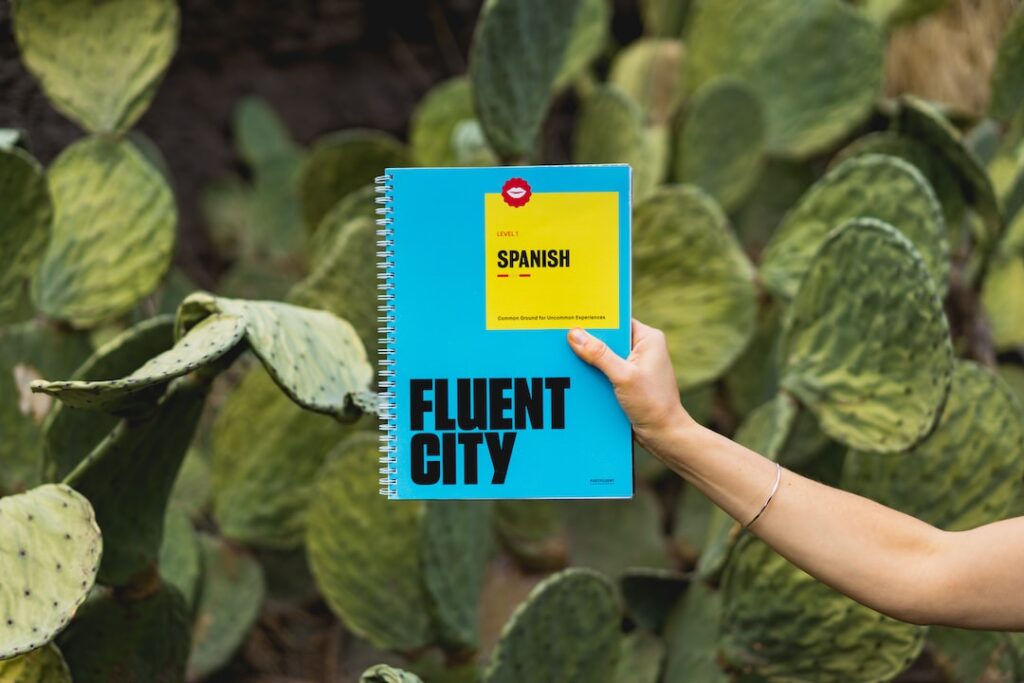Language plays a crucial role in Native Mohegan American culture, serving as a vessel for identity, culture, and traditional knowledge. For many Native American tribes, language is not just a means of communication, but a way of preserving their heritage and connecting with their ancestors.
The Mohegan-Pequot tribe is one such tribe that has a rich linguistic history. However, like many Native American languages, the Mohegan-Pequot language has faced significant decline over the years. This article will explore the importance of language in Native American culture, the history of the Mohegan-Pequot language, the decline it has experienced, efforts to preserve it, c
hallenges in revitalization, the role of education in language preservation, the significance of language in identity and community, the impact of language loss on Native American communities, the connection between language and traditional knowledge, and the future of the Mohegan-Pequot language and Native American culture.
Key Takeaways
- Language plays a crucial role in Native American culture, identity, and community.
- The Mohegan-Pequot language has a rich history, but has declined over time due to various factors.
- Efforts are being made to preserve and revive the Mohegan-Pequot language, but there are challenges to overcome.
- Education is key in language preservation, and can help connect language to traditional knowledge.
- The future of the Mohegan-Pequot language and Native American culture depends on continued efforts to preserve and promote language.
The Importance of Language in Native American Culture
Language is deeply intertwined with identity, culture, and traditional knowledge in Native American communities. It serves as a way for individuals to connect with their ancestors and maintain a sense of belonging within their tribe. Language is not just a tool for communication; it carries with it the stories, values, and wisdom of generations past. Through language, Native Americans are able to pass down their cultural traditions and teachings to future generations.
Furthermore, language is a reflection of a tribe’s unique worldview and understanding of the world. Each Native American language contains its own set of words and concepts that are specific to that tribe’s culture and environment. For example, the Mohegan-Pequot language includes words that describe specific plants, animals, and natural phenomena that are significant to their way of life. By preserving their language, Native Americans are able to preserve their unique cultural heritage and maintain a strong connection to their ancestral lands.
The History of the Mohegan-Pequot Language
The Mohegan-Pequot tribe is an indigenous tribe that has inhabited the region now known as Connecticut for thousands of years. The Mohegan-Pequot language, also known as Mohegan-Pequot-Montauk-Narragansett, is an Algonquian language that is closely related to other Algonquian languages spoken by tribes in the Northeastern United States and Eastern Canada.
Historically, the Mohegan-Pequot language was widely spoken by the Mohegan and Pequot tribes, who were part of the larger Algonquian-speaking group. The language was used for everyday communication, storytelling, ceremonies, and other cultural practices. It was an integral part of their way of life and played a central role in their cultural identity.
The Decline of the Mohegan-Pequot Language
| Year | Number of fluent speakers | Number of semi-fluent speakers | Number of non-fluent speakers |
|---|---|---|---|
| 1700 | Unknown | Unknown | Unknown |
| 1800 | Unknown | Unknown | Unknown |
| 1900 | Less than 100 | Unknown | Unknown |
| 2000 | 0 | 0 | Less than 10 |
| 2021 | 0 | 0 | 0 |
Unfortunately, like many Native American languages, the Mohegan-Pequot language has experienced a significant decline over the years. There are several factors that have contributed to this decline. One major factor is the historical trauma and forced assimilation that Native American communities have endured. Through colonization and government policies such as boarding schools, Native American children were often prohibited from speaking their native languages and were forced to adopt English as their primary language.
As a result, many Native American languages, including the Mohegan-Pequot language, began to fade away. The number of fluent speakers declined rapidly, and younger generations were no longer learning the language. Today, there are only a handful of fluent speakers of the Mohegan-Pequot language left, making it critically endangered.
Efforts to Preserve the Mohegan-Pequot Language
Despite the challenges they face, there are ongoing efforts to preserve and revitalize the Mohegan-Pequot language. The Mohegan Tribe, in collaboration with linguists and educators, has developed language revitalization programs and initiatives to ensure the survival of their language.
One such initiative is the Mohegan Language Project, which aims to document and revitalize the Mohegan-Pequot language. The project includes the creation of language learning materials, such as dictionaries and textbooks, as well as the development of language immersion programs and community language classes. These efforts are crucial in creating opportunities for community members to learn and practice the language.
Challenges in Reviving the Mohegan-Pequot Language

Revitalizing a language that has been in decline for so long is not without its challenges. One of the main challenges is the lack of fluent speakers and elders who can pass on their knowledge of the language. Many fluent speakers of the Mohegan-Pequot language have passed away, taking with them a wealth of linguistic knowledge and cultural wisdom.
Additionally, there is a lack of resources and funding dedicated to language revitalization efforts. Language revitalization requires a significant investment of time, money, and resources to develop educational materials, train teachers, and create immersion programs. Without adequate support, it becomes difficult to sustain these initiatives in the long term.
The Role of Education in Language Preservation
Education plays a crucial role in preserving Native American languages. Language immersion programs have proven to be effective in revitalizing endangered languages by creating an immersive environment where learners can practice speaking and listening to the language on a daily basis.
In recent years, there has been a growing recognition of the importance of Native American languages in education. Many schools and universities now offer courses in Native American languages, allowing students to learn these languages as part of their academic curriculum. This not only helps to preserve the languages but also fosters a greater understanding and appreciation for Native American culture.
The Significance of Language in Identity and Community
Language is deeply tied to identity and community in Native American cultures. It serves as a marker of cultural identity and a way for individuals to connect with their tribal community. Language is not just a means of communication; it carries with it the values, traditions, and history of a tribe.
When a language is lost, it can have a profound impact on the identity and well-being of Native American communities. Language loss can lead to a loss of cultural knowledge, as many traditional teachings and practices are passed down through oral tradition. It can also result in a loss of connection to ancestral lands and a sense of displacement within one’s own community.
The Impact of Language Loss on Native American Communities
The loss of Native American languages has had a detrimental impact on Native American communities. Language loss has contributed to the erosion of cultural traditions, as many traditional practices and ceremonies are deeply rooted in language. It has also led to a loss of cultural knowledge, as many teachings and stories are passed down through oral tradition.
Furthermore, language loss has had negative effects on the mental and emotional well-being of Native Americans. Language is not just a means of communication; it is a way of understanding the world and one’s place within it. When individuals are unable to speak their native language, they may feel a sense of disconnection from their culture and struggle with issues of identity and self-esteem.
The Connection between Language and Traditional Knowledge
Language is closely tied to traditional knowledge in Native American cultures. Many traditional teachings, stories, and practices are passed down through oral tradition, relying on the preservation and transmission of the native language. Language is not just a tool for communication; it carries with it the wisdom and knowledge of generations past.
By revitalizing endangered languages like the Mohegan-Pequot language, Native American communities are able to preserve their traditional knowledge and ensure that future generations have access to this valuable cultural heritage. Language revitalization efforts play a crucial role in preserving traditional knowledge and ensuring its continued transmission.
The Future of the Mohegan-Pequot Language and Native American Culture
The future of the Mohegan-Pequot language and Native American culture depends on the collective efforts of individuals, communities, and organizations dedicated to language preservation. While the challenges are significant, there is hope for the revitalization of endangered languages.
It is crucial for Native American communities to continue their efforts in language revitalization, including the development of educational materials, language immersion programs, and community language classes. Additionally, there needs to be increased support and funding for these initiatives to ensure their long-term sustainability.
In conclusion, language plays a vital role in Native American culture, serving as a vessel for identity, culture, and traditional knowledge. The Mohegan-Pequot language is one example of a Native American language that has faced significant decline over the years. Efforts to preserve and revitalize the Mohegan-Pequot language are ongoing, but they require continued support and dedication. By preserving endangered languages like the Mohegan-Pequot language, Native American communities can ensure the survival of their cultural heritage and maintain a strong connection to their ancestral lands.
If you’re interested in learning more about indigenous languages, you might want to check out this article on the significance of the Cayuse language. The Cayuse language is an important part of Native American culture, and this article explores its history and importance in preserving cultural heritage. It’s a fascinating read for anyone interested in linguistics and indigenous languages. Read more
FAQs
What is the Mohegan-Pequot language?
The Mohegan-Pequot language is a Native American language spoken by the Mohegan and Pequot tribes of Connecticut.
How many people speak the Mohegan-Pequot language?
Currently, there are only a few fluent speakers of the Mohegan-Pequot language, and it is considered an endangered language.
What is the history of the Mohegan-Pequot language?
The Mohegan-Pequot language is part of the Algonquian language family and has been spoken for thousands of years by the Mohegan and Pequot tribes. However, due to colonization and forced assimilation, the language has declined in usage over time.
What efforts are being made to preserve the Mohegan-Pequot language?
Efforts are being made by the Mohegan and Pequot tribes to preserve the language through language classes, language immersion programs, and the creation of language learning materials.
Is the Mohegan-Pequot language related to other Native American languages?
Yes, the Mohegan-Pequot language is part of the Algonquian language family, which includes other Native American languages such as Ojibwe, Cree, and Blackfoot.
